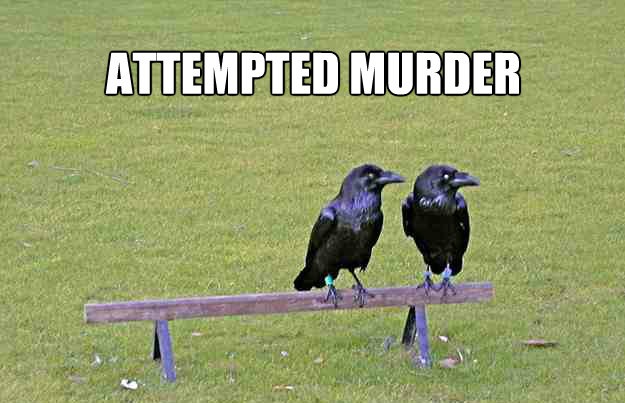Have you ever wondered why you’re advised against looking at the eclipse with bare eyes? After all, it’s the same sun being blocked by a planetary object. The fact that the sun doesn’t magically power ups during the eclipse but looking at it during then can make you go blind has to do with your eyes not the sun itself.

The fundamental science behind this is the anatomy of human pupil which varies its size to adapt to the luminance or simply the intensity of light entering your eyes. In dark, an adult’s pupil can stretch/dilate up to 8 mm in diameter to allow more light to enter your eyes while it can shrink down to 2 mm in bright surroundings. But what is bright enough to make pupil shrink to the lowest? Holladay L. in 1926 in his journal “The fundamentals of glare and visibility” established that it takes only less than a luminance of 1000 cd/m2 for a human pupil to shrink to its lowest. Beyond that it’s other supporting elements that protects your retina like squeezing your eyes or shutting them altogether.
Continue reading “What makes solar eclipse so dangerous to look at?”

